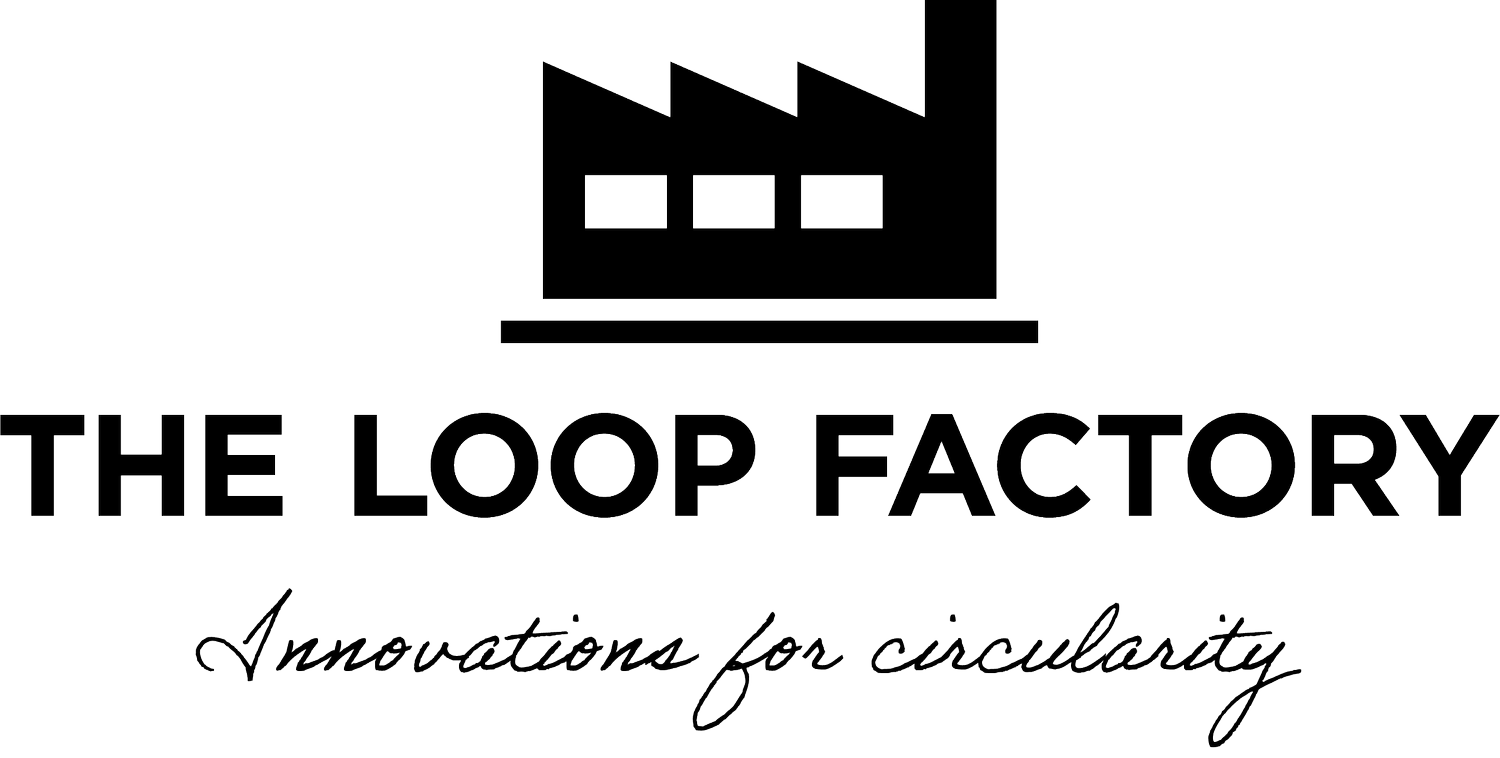PFAS and recyclability
PFAS. A highly performative, very resistant, and dangerously hazardous group of substances. With a total ban on these substances nearing, the EU is getting ready to phase out these chemicals. But what happens to products that already contain these chemicals? Can they be recycled or can they be incinerated?
In a quest for answers to these questions, a workshop was organised together with Jonatan Kleimark from Chemsec and a few partners in the Vinnova-funded project TexChain3.
PFAS are all man-made, extremely stable, and do not exist naturally, which makes them highly persistent, bioaccumulate, and very dangerous to our health and environment. Their stable chemical bonds are nearly impossible to break down in nature, which gave them the nickname 'forever chemicals'. These substances are found all over the world, causing rainwater in even the most remote areas to contain PFAS over the proposed safe levels for drinking water. As stated by Chemsec, once these chemicals are in the environment, there is no way of taking them back. Europe currently emits 75.000 tonnes of PFAS annually, and this is expected to exponentially increase over the next 25 years to 4.400.000 tonnes if we do not control/regulate this problem. These emissions can form during the production, lifetime, or end-of-life of consumer products. This has resulted in 98% of humans having PFAS in their blood and as it bioaccumulates, PFAS will be absorbed faster than the body can eliminate.
PFAS are all around us and used in many consumer products because of their ability to repel water, oil, dirt, and grease as well as their film-forming properties, low friction, and the ability to withstand other chemicals and high temperatures (Svedlund & Skedung, 2022). This makes PFAS suitable for numerous different industries like electronics (cables), renewable energy (lithium batteries), construction (flame retardants), industrial (oil), housewares (Teflon pans), and textiles (water repellents), as pointed out by Jonatan during the workshop.
At the beginning of 2023, five European countries proposed a total ban on the entire group of PFAS to REACH. The national authorities of the Netherlands, Germany, Denmark, Norway, and Sweden explained that it takes too long to evaluate and regulate one substance at a time when it is already known that all of them show similar properties and problems. With this ban, all the above industries need to start phasing out these hazardous chemicals. But as a consumer, you can also act by consuming fewer products and shopping more cautiously (Sharkey & Coggins, 2022). Many brands offer fluor or FC-free alternatives that are safer for humans and the environment.
A ban like that would prevent new products from containing PFAS, but what about all the products that already contain these substances? During the workshop, it was discussed whether or not it would be possible to recycle PFAS-containing textiles. The opinions are divided, even within research. We all think it is important to make use of post-consumer textile waste, but is it safe to recycle these specific waste streams? Because of the persistent and hazardous nature of these substances, they can spread farther and contaminate new products when recycled, extending the toxic legacy of these substances (Straková, Grechko, et al., 2022). The presence of these chemicals in end-of-life products would cause the products to be classified as hazardous, and therefore not recyclable (Sharkey & Coggins, 2022). Moreover, textile certification agencies like OEKO-TEX and ZDHC have announced bans on PFAS, meaning products containing these substances would not be able to get a certificate. This affects existing and new certificates, making it impossible to certify any products that contain PFAS, even those that contain recycled material.
So, if recycling spins the PFAS problem out of control, what other options do we have? Currently, when they reach their end-of-life, these products are incinerated or end up in landfills. Since PFAS is very resistant and stable, it takes extreme conditions to break these chemicals down. If disposal of products containing these chemicals is not done correctly, they can only spread faster and further through for example smoke that is formed during incineration. Currently, these products are often not classified as toxic waste, thus resulting in incorrect handling at the end-of-life stage and causing extreme risks in landfills and incinerators.
The group concluded that there is no straight answer to whether or not it is safe to recycle products that already contain PFAS. We do not want to incinerate this stream of textile waste, but seemingly it is not safe to recycle it. Truthfully, there is not enough research done on this specific group of products to definitively decide which way to go. Recent studies explore the possibility of safely removing the PFAS coating on products, detecting PFAS on products, and reducing the emissions during incineration. Perhaps, until we find a better solution, the best way to deal with these contaminated waste streams is to classify them as the chemical waste that they are, while continuing to invest in research and development of improved alternatives.
// ROOS MULDER - DEVELOPMENT ENGINEER
Want to get help phasing out PFAS?
We have collected some helpful guides and organisations
CHEMSEC PFASGUIDE
CHEMSEC TOOLS
Projects at RISE
PFAS substitution guide for textile supply chains
Kemikalieforum för offentlig sektor: Behövs PFAS i arbetskläder?
Classification and risk assessment of textile for material recycling
sources
Sharkey, M. and Coggins, M. (2022) ‘The invisible barrier to safe textile recycling’, Frontiers in Sustainability, 3. doi:10.3389/frsus.2022.876683.
Straková, J., Grechko, V., Brosché, S., Karlsson, T., Buonsante, V. PFAS in Clothing: Study in Indonesia, China, and Russia Shows Barriers for Non-toxic Circular Economy. International Pollutants Elimination Network (IPEN), February 2022.
Svedlund, J. and Skedung, L. (eds.) (2022) PFAS Substitution Guide for Textile Supply Chains Vol 2. Stockholm: RISE.


